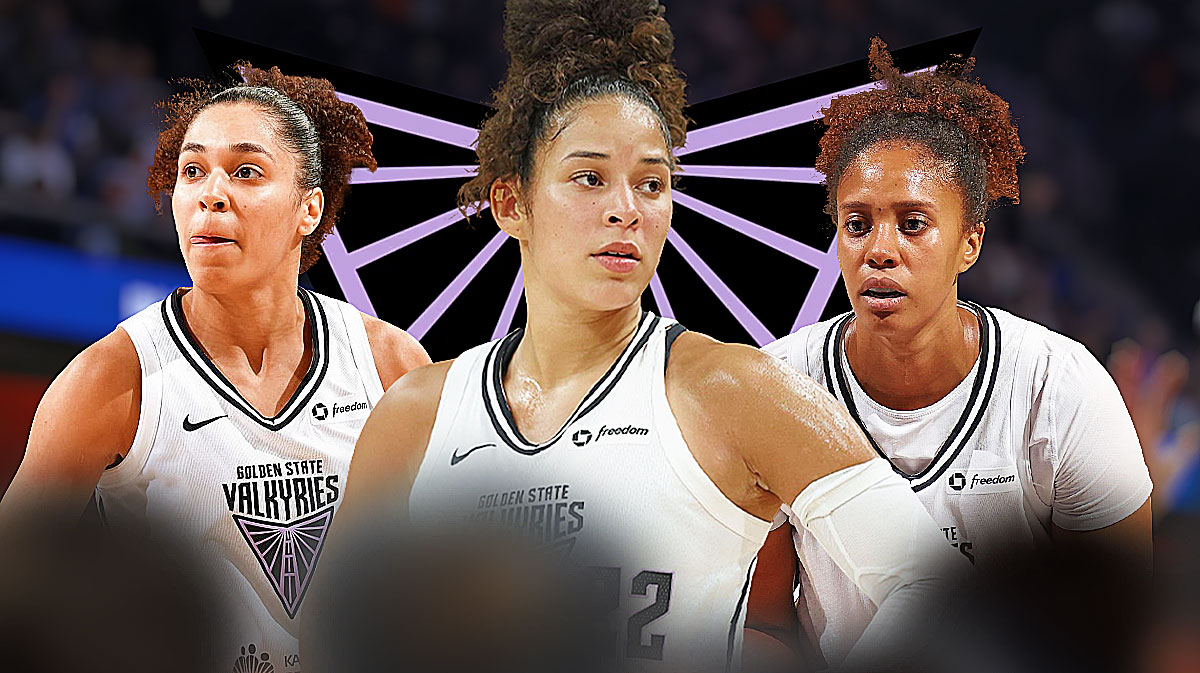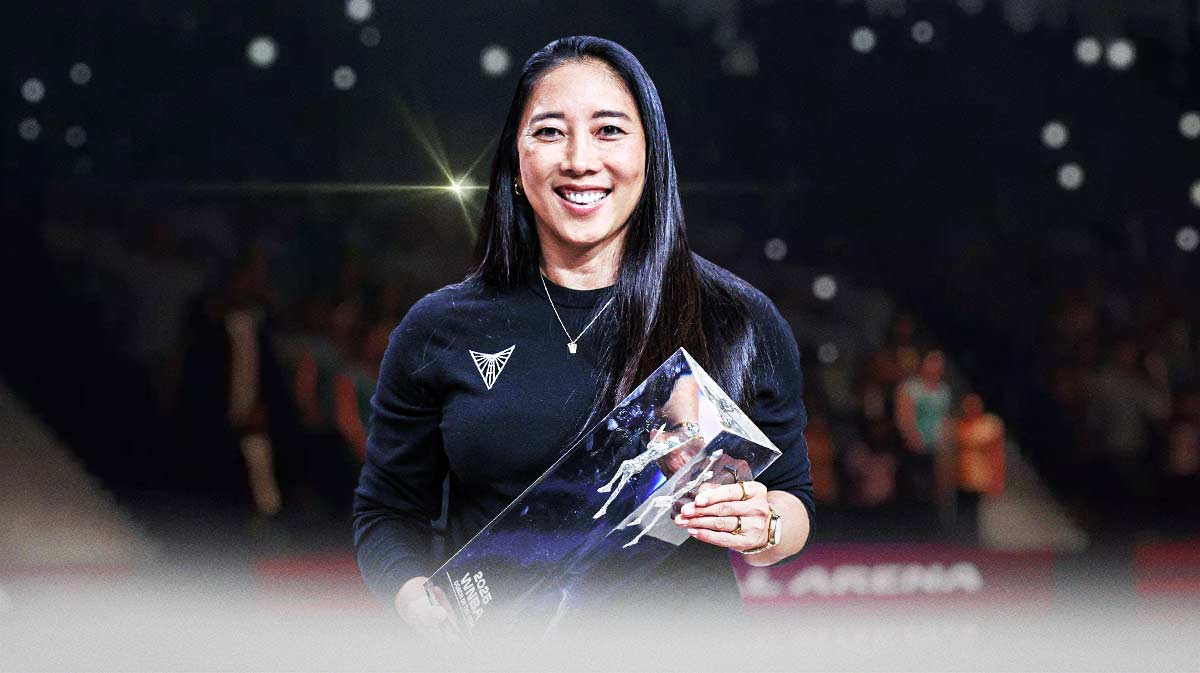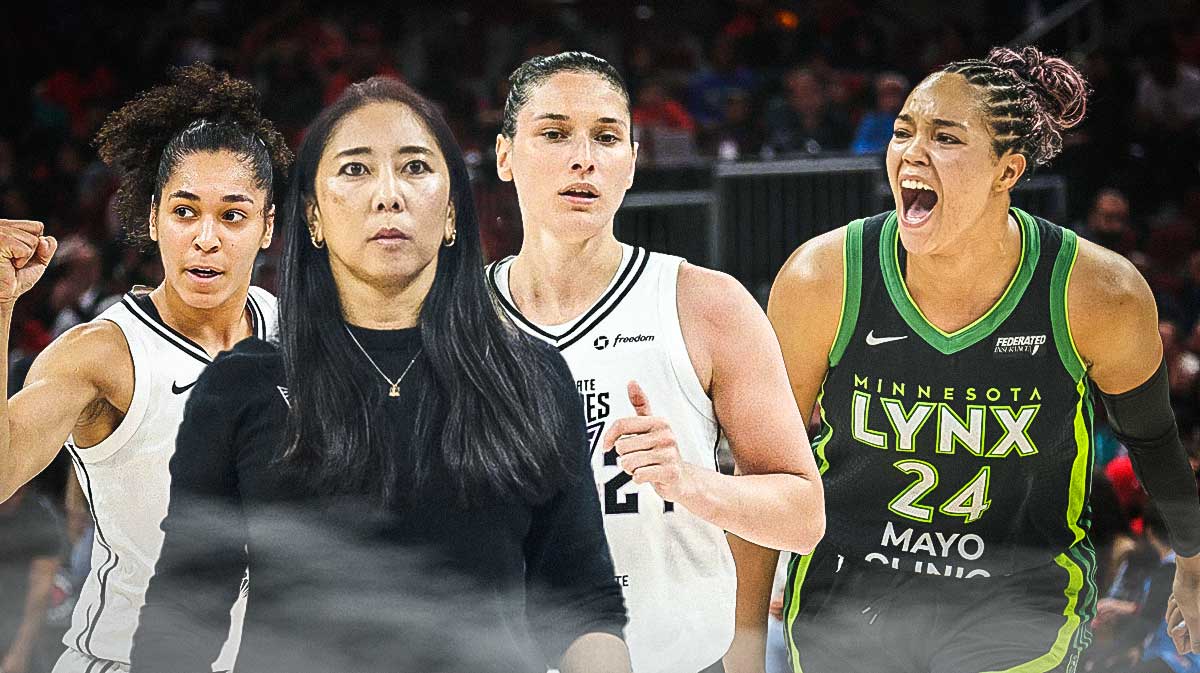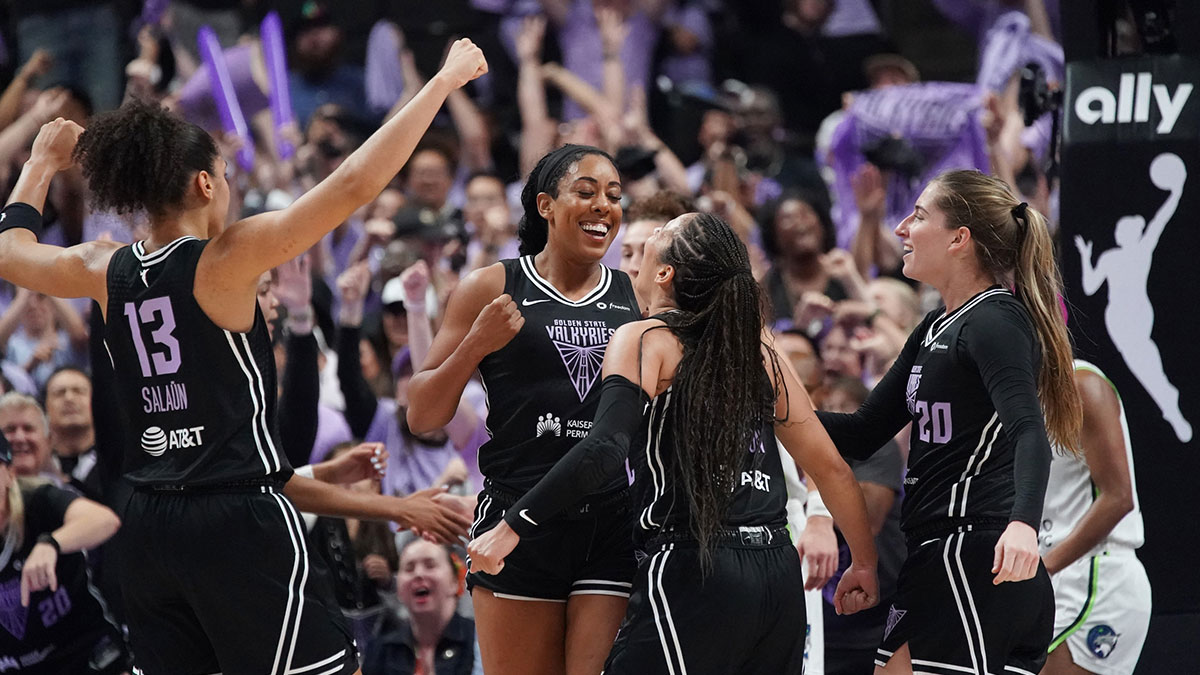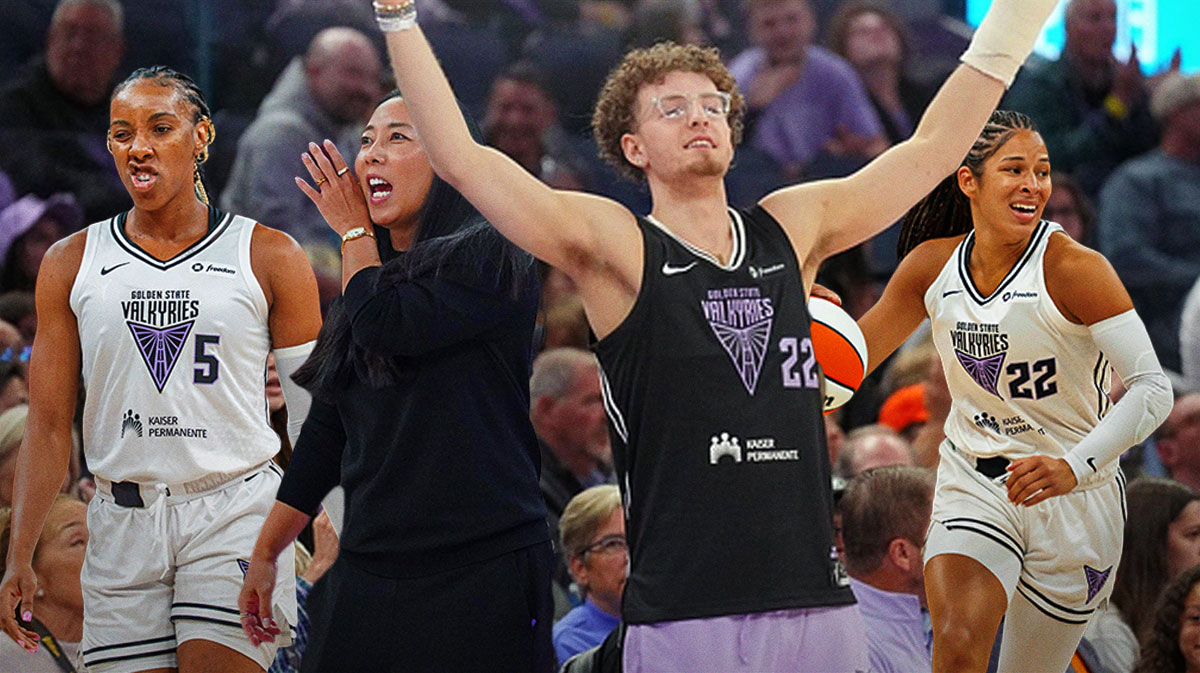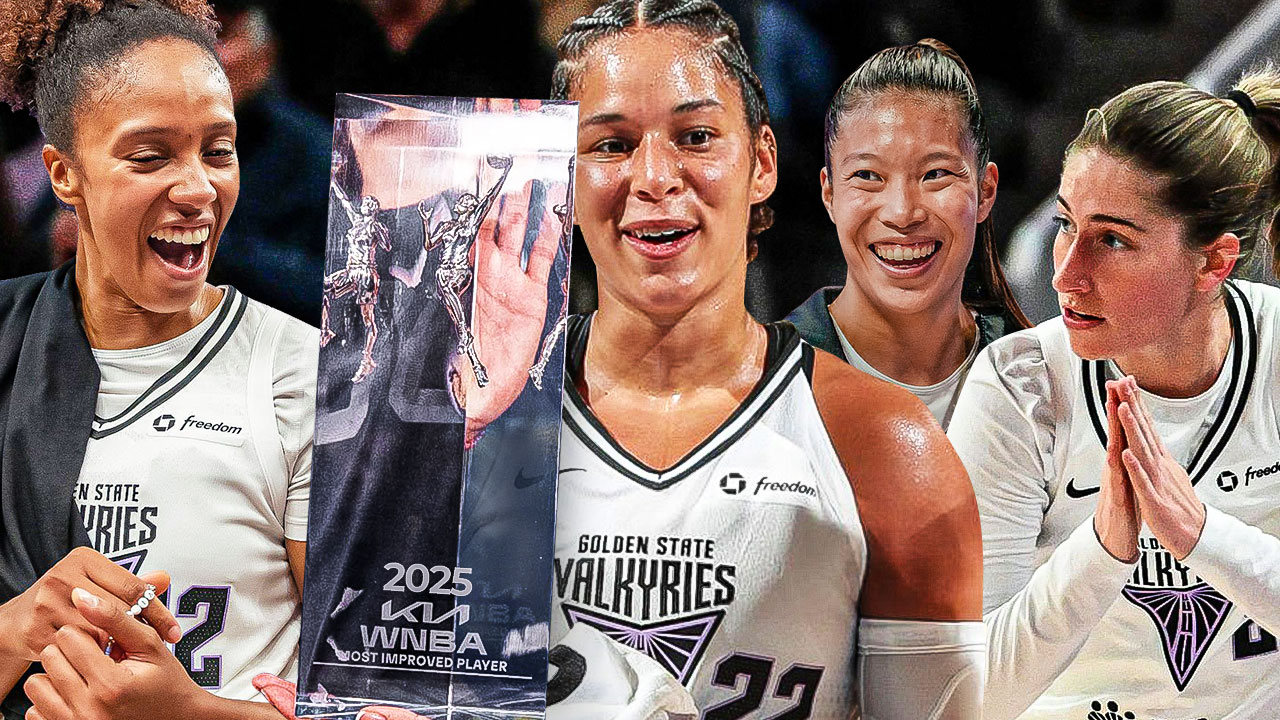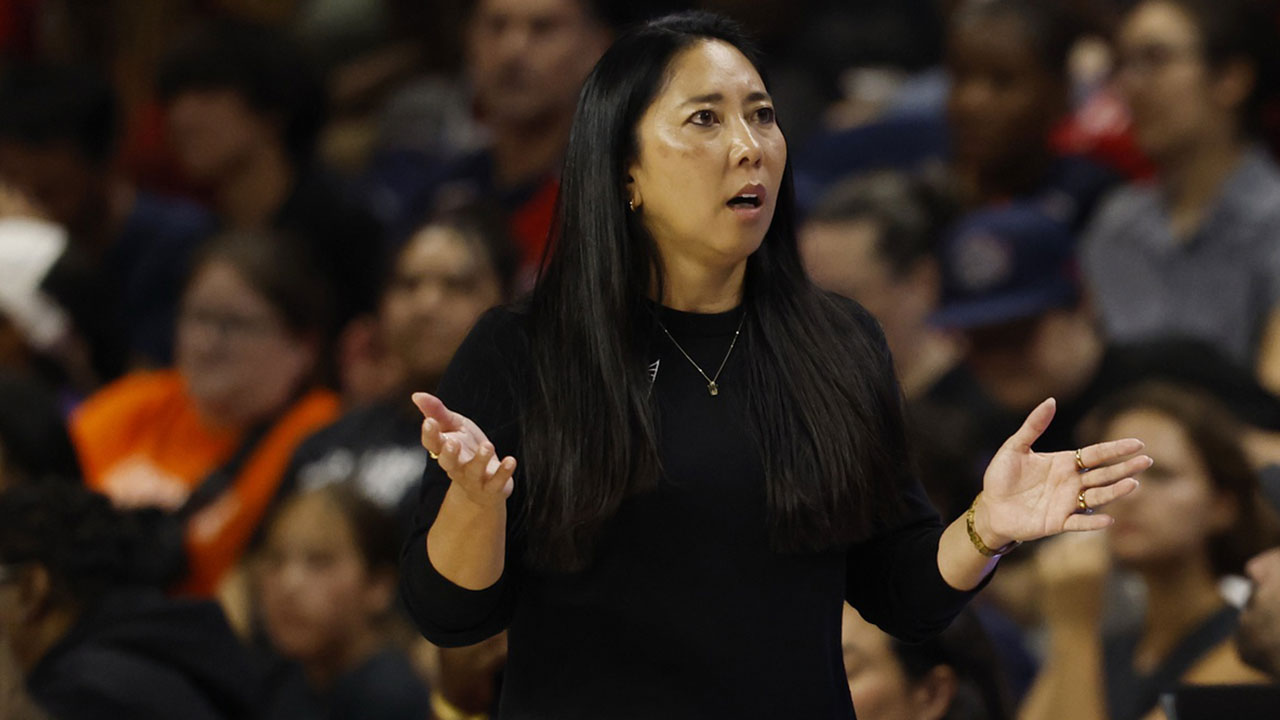The Golden State Valkyries are no ordinary expansion team. In just their first WNBA season, they’ve defied the typical growing pains. The Valkyries have transformed into one of the league’s most disruptive defensive units. Their grit and resilience have made them instant contenders, and their late-season surge has turned heads across the league. Yet, for all the promise of their defense, a critical vulnerability remains. If the Valkyries hope to make noise in the playoffs, they must address an offense that has struggled to find consistency all year long.
The Valkyries’ 2025 season so far

The Valkyries have quickly established themselves as one of the league’s premier defensive teams. Under head coach Natalie Nakase, Golden State ranks among the top four in defensive rating and is third the WNBA in rebounding at 35.3 per game. Opponents rarely find easy looks inside, managing just under 30 points in the paint on average. That's a reflection of the Valkyries’ physical, high-energy approach.
That toughness on the interior, paired with rebounding dominance, has fueled gritty wins over playoff-tested teams like the Seattle Storm, Las Vegas Aces, and New York Liberty. Defense has been the backbone of their remarkable rise from an expansion newcomer to a legitimate postseason contender.
Prior to their recent loss to the Lynx, Golden State capped a roller-coaster August by snapping a three-game losing streak with a five-game winning streak. They have now climbed into sixth place in the standings. Veronica Burton continues to drive the offense, ranking fourth in the league with 5.9 assists per game. She has already recorded 247 assists this season—more than in her first three years combined (214). Her playmaking has been the spark for the Valkyries’ attack. However, it hasn’t been enough to fully cover for the team’s offensive shortcomings.
Here we will look at and discuss the fatal flaw that the Golden State Valkyries must fix before the 2025 WNBA playoffs.
Fatal flaw: a season-long offensive challenge
Yes, their defense has garnered praise. Still, the Valkyries’ offense tells a different story. Ranked outside the top half of the league in offensive rating, Golden State has struggled to generate reliable scoring. Their attack is built on collective ball movement rather than leaning on a go-to scorer capable of taking over games in crunch time.
Burton, Janelle Salaun, and Carla Leite have all contributed solidly. However, none has proven to be the consistent, self-creating scorer that playoff teams desperately need. This has left Golden State vulnerable to scoring droughts and long stretches of ineffective possessions.
Compounding matters is their shooting efficiency, or lack thereof. Though the Valkyries lead the league in triples per game this season, they hav e hovered at or near the bottom of the league in three-point percentage. Inefficient outside shooting can clog driving lanes, stall offensive flow, and put additional pressure on their defense to deliver perfection. In the playoffs, where every possession is magnified, this imbalance looms even larger.
Why offensive firepower is crucial in playoffs
Playoff basketball is different. Defense may win games, but offense wins series. When possessions slow down and opponents tighten the screws, the ability to generate tough buckets becomes the deciding factor. For Golden State, their lack of a proven scorer in late-game situations could be the difference between surviving and bowing out early.
Other playoff-tested teams boast players who thrive under pressure. Think players like Breanna Stewart in New York, A’ja Wilson in Las Vegas, or Arike Ogunbowale in Dallas. The Valkyries, as an expansion team, lack that kind of offensive pedigree. Their defensive intensity might keep them close. However, without someone to deliver clutch scoring runs, they risk falling short in tactical playoff battles.
It’s not just about one superstar, either. The lack of consistent spacing from three-point range means opponents can pack the paint and dare Golden State’s shooters to make them pay. In a playoff environment, where every flaw is exploited, this could become a fatal weakness.
Key areas for offensive growth
For the Valkyries to reach their postseason potential, they must sharpen their offensive approach. Several adjustments could provide the balance they need:
Create a defined go-to scorer: Burton or Salaun must be empowered to take on primary scoring responsibilities in key moments. Even if by committee, there must be clarity on who takes the shot when it matters most.
Boost shooting efficiency: Improving three-point and free-throw accuracy is essential. Better shooting opens the floor, stretches defenses, and provides margin for error.
Enhance ball movement: While Burton already facilitates well, more cutting, spacing, and quick passes could turn their offense from reactive to proactive.
Develop bench scoring: Depth matters in the playoffs. Role players stepping into reliable scoring roles would ease pressure on the starters and sustain energy across four quarters.
A foundation worth building on
Despite their offensive shortcomings, there are reasons for optimism. Burton has blossomed into one of the league’s premier playmakers. Salaun and Leite have shown flashes of untapped potential, and Nakase has instilled a culture of discipline and toughness that will serve the team well in postseason play.
The Valkyries don’t need to become an offensive juggernaut overnight. They simply need enough improvement to complement their elite defense. If even one or two scorers emerge as reliable playoff performers, Golden State could surprise the league. Their ceiling may not yet be championship level. However, their foundation is already stronger than many first-year teams in league history.
Offense will define their playoff fate

The Golden State Valkyries have proven themselves as a defensive powerhouse. They are more than capable of battling the league’s elite. That said, defense alone won’t carry them through the WNBA playoffs. Offensive inconsistency must be addressed if they want to avoid an early exit.
For Nakase’s squad, the challenge is clear: find ways to score more efficiently, establish a go-to option, and keep their defense from carrying an unsustainable load. If they can do that, their inaugural playoff run could become one of the most compelling stories in WNBA history. If not, their season may end as a lesson in how even the fiercest defenses need offensive balance to truly contend.

